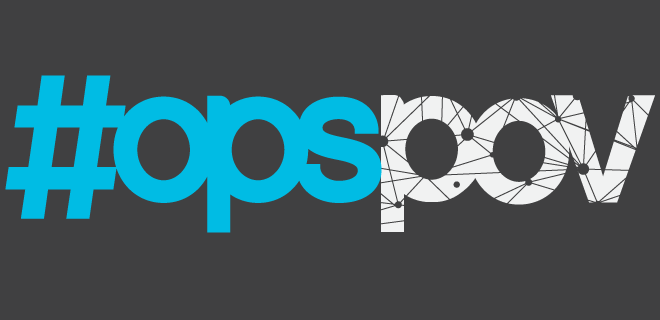
The rough waters never seem to give way for Yahoo. Along with rumors of investor unrest and overall dissatisfaction with CEO Marissa Mayer, Big Y kicked off the year as the poster child for bad behavior in digital video advertising when a CNBC report alleged that not only was its programmatic arm BrightRoll serving ads to non-human traffic, it was also running ads sold at pre-roll prices within banners.
In-banner video has become format non-grata within digital advertising. While the units are known to irritate users (particularly if they play with sound), the advertisers are the ones really getting the short shrift. Unsavory publishers overload pages with in-banner video placements – many not-in-view to never-in-view – and then sell the placements through ad networks and other programmatic channels, potentially labeling them as pre-roll. If the placements are in view upon loading, advertisers complain that users quickly scroll by them or simply ignore them like other content-adjacent banners – the blindness is ingrained.
However, even as the supply of premium pre-roll video grows at a steady pace, it is still constrained compared to ever-increasing demand. eMarketer predicts U.S. digital video ad spend in 2016 will be just shy of $10 billion ($9.59 billion to be exact), but ConvertMedia Cofounder and CEO Yoav Naveh rightly argues only a fraction of that will go toward pre-roll.
As we’ve noted time and again, many premium video producers can handily sell out their pre-roll through direct sales. Programmatic proves a great channel for upstart video producers to sell their pre-roll to video-hungry advertisers. In addition, premium video publishers can offer private marketplaces to advertisers looking to employ data targeting and grab some extra revenue. But not all or even most of the $5.37 billion in video ad spend that eMarketer predicts will come through programmatic pipelines will be buying pre-roll.
Gulp – say it isn’t going to in-banner video!
No, Naveh is betting on outstream video as a welcome alternative. I’ve been fascinated with outstream for a while because publishers are literally creating video inventory out of nothing – the most common format involves opening up a player between paragraphs of text. As part of the in-feed advertising trend, it makes a lot of sense for mobile (web and app) advertising. Best practices for most providers involve only playing ads when viewable (by the baseline MRC standard or one custom negotiated), keeping the sound off unless initiated by user action, and pausing when the video is non-viewable. (Of course, there are going to be bad actors.)
This is not to say outstream is without its issues. The jury is still out on how these formats affect user experience, though many providers have done themselves a solid by enabling the ability to skip or close the player. By nature it’s an intrusive format, so frequency is key to keeping users content. Providers like ConvertMedia offer publishers a great deal of control with this and placement.
For advertisers, outstream doesn’t offer the same thrill as pre-roll – the pretense of a captive audience waiting to enjoy their chosen content. But as mentioned before, the majority of outstream only plays when in-view, meaning ads get seen unlike a tabbed-over pre-roll or a below-the-fold in-banner video. How long they get seen is another story – if a user has the option to skip, there’s a high probability he or she will, and otherwise users can scroll past.
The importance of video completion is really up the advertiser, Naveh suggests – hitting a certain target for a few seconds may be worth a certain price. And coincidentally, I find I tend to give an outstream video the chance to play for a few seconds because I’m curious about who is advertising. (This might be a professional thing – I’m curious which brands are employing the channel. I’ve seen a lot of diversification in the last six months or so.)
Hooked into the programmatic piping, many outstream providers allow publishers to employ multiple demand sources (and potentially Deal IDs) while enabling advertisers’ targeting power. But programmatic can also bring challenges with nested auctions and VPAID errors, which can lead to devastating latency. This concern is high on Naveh’s mind; in optimizing for delivery, there are many factors a publisher must take into consideration outside of which bidder is offering the best price.
Oustream is also a young format, for better or worse. I’ve had some outstream videos appear at the top of pages and the width of the whole browser – you can be sure the resolution is terrible. At the same time, providers are developing new units – for example, one that opens a new viewing pane on the side of a screen, thereby shifting the feed content instead of intruding.
Video demand appears to be growing at a much faster pace than the supply of premium pre-roll. As in-banner video has become pariah for both It seems likely that a lot of non-pre-roll spend – particularly programmatic – is going to head to outstream. Another sign – the provider field is getting crowded with programmatic platforms like SpotX joining outstream-focused companies like ConvertMedia in offering services. Now is the time to get on top of the format.